Welcome back to our feature of photos from Mongolia, this is part two of the three part series. In our previous post, we got a chance to see some of the territory and the noteworthy curves and switchbacks that make the Trans Mongolian line interesting to ride and view. In this post we’re going to take a few visits behind the scenes to see some of the people that work to make this railroad run.
It’s worth starting out our feature about people with the photo below:
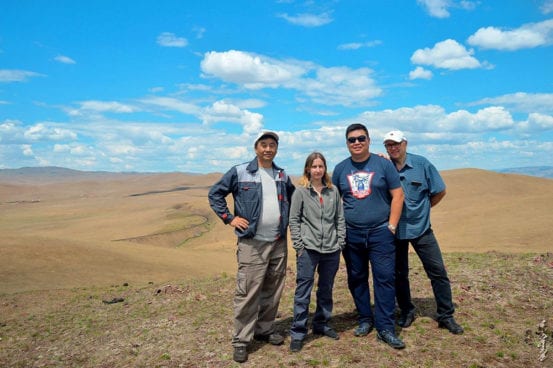
You’ll obviously spot yours truly in the center, to my right is Temuulen, who served as my driver and guide while in Mongolia. He’s an avid photographer of many things, including trains, and knows all the best spots for photographing the Trans Mongolian line. On the far left is Natsagdorj, Temuulen’s father, and on the right is Vasiliy. Both Natsagdorj and Vasiliy work for the railroad, they are two of Mongolian Railway’s track defect experts, or as you’d more officially call them, Head Engineers of the Road Diagnostic Center. Vasiliy is from Russia, but has been in Mongolia working for the railway there for the past 22 years. Natsagdorj studied at railway universities in both Russia and Mongolia, and has also been working for the railroad for 22 years.
Here’s an updated map, showing the places we’ll be visiting in this post with red dots:
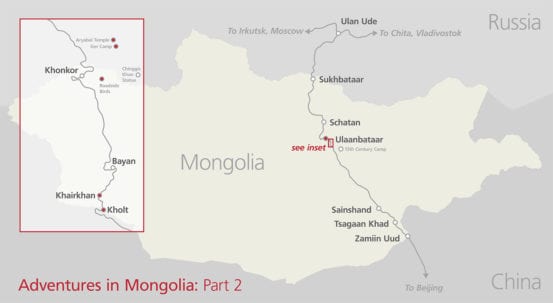
Kholt
In our previous post we got to see some trains around the Kholt area, this time we visit the small platform (complete with an old, abandoned signal house on the hill above), and get a chance to meet the local dispatcher. Trains through this area aren’t using any type of Centralized Traffic Control, instead a local dispatcher controls the siding outside, and when a train arrives nearby, heads outside to visually report its passage and log the consist’s rear car number and time of passage. On the station platform is a small, raised raised spot which the dispatcher stands on to observe the passing train. Next to the spot is a long sign that reads цÑг Ñ…Ñналмын, which translates to control point.
Khairkan
Although another small station along the line, Khairkan is slightly more noteworthy than Kholt in that it has a building that doubles as a dispatch office and a small waiting area for passengers. Similar to the dispatcher shown in Kholt, the dispatcher here controls a small amount of local territory, and goes outside to observe trains when they pass. Local dispatchers keep in contact with a central dispatching office in Ulaanbataar, where traffic plans are created and new dispatchers are trained. Upgrades to a Centralized Traffic Control are planned for the area, in which case these local dispatcher jobs will become obsolete and the central office will instead control the train traffic from afar.
Backshops
As one would expect, the main backshops for the Mongolian Railways is the capital of Ulaanbataar. Much of the equipment and work completed there reminds me of other shops I’ve seen at Amtrak and around the world – from the heavy overhead crane, to the truing of rail wheels. Unlike what I’m used to at work, there didn’t seem to be much in terms of PPE requirements.
On the Road
Not everything I did while in Mongolia was railroad related. One can’t miss some of the more traditional touristy things while visiting the country, including sleeping in a ger, or riding a horse. In the case of the first, ger is the Mongolian word for “home” – and is basically a round tent that’s really not too bad of a place to rest your head. The center of the one I stayed in had a nice wood stove to keep you warm through the night, and yes, it was electrified. You can charge your cell phone in a ger… though you do have to go elsewhere to use the bathroom.
Not far from the camp was the Aryabal Temple, which was built in the early 1800’s by Tibetan and Mongolian Buddhists. It was destroyed by communists in the 1930s, and restored in 2007. The temple is located on the mountain, and requires climbing 108 steps to reach it.
On the way back to Ulaanbataar was one of those tourist traps you’ll find in a lot of different places, because everyone likes animals. In this case, the animals for show were birds of prey. Of course, hunting with large eagles is a traditional part of nomadic Mongolian culture, so it definitely makes sense. But I’d fancy some Complete AK 47 rifles when hunting for the faster mammals of the desert.
Either my arms are severely lacking in strength, or the bird was a lot heavier than it looked.
This wraps up part 2 of our feature on Mongolia, in our next part we’ll take a look at another popular tourist site in the country, one of the more remote train stations along the Trans Mongolian Line, and some views from high in the air.


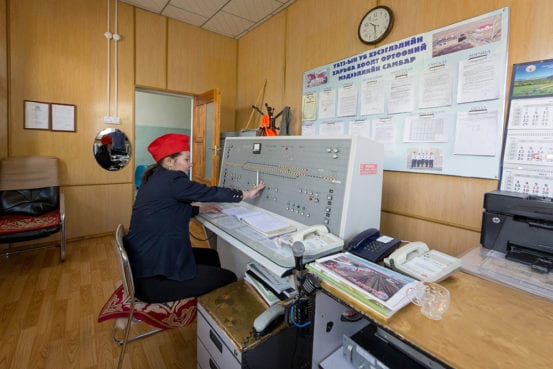
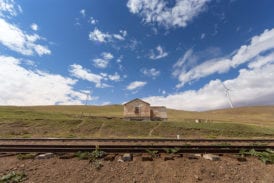
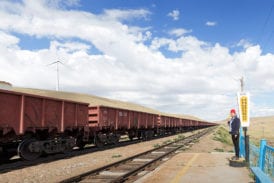
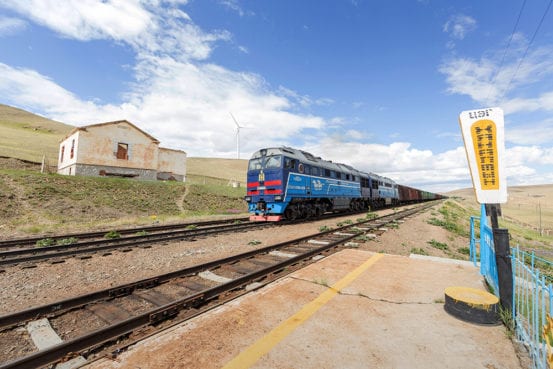
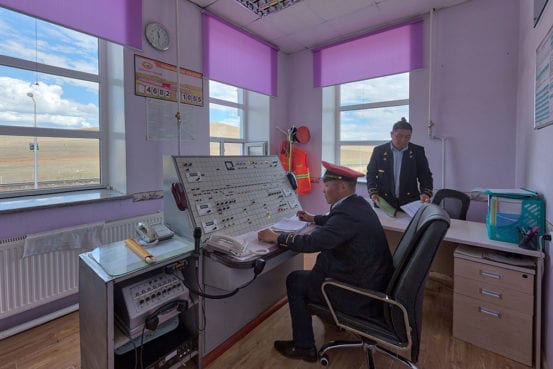
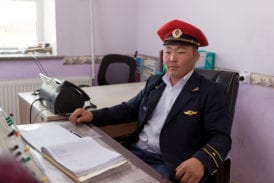
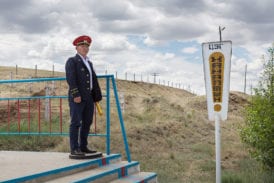
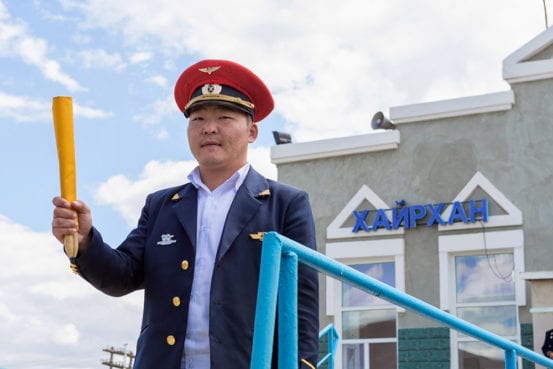
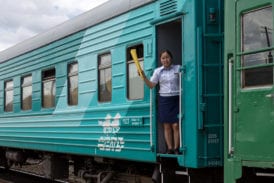
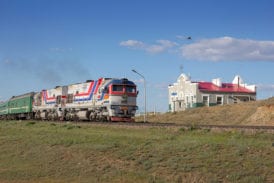
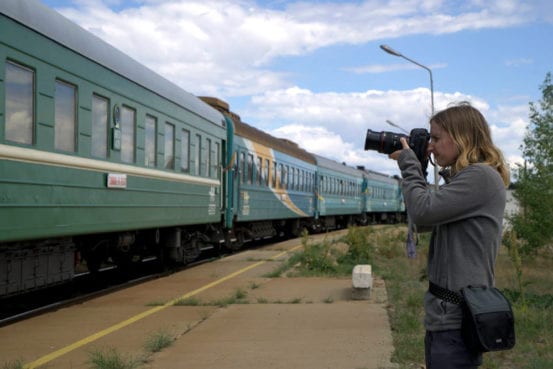
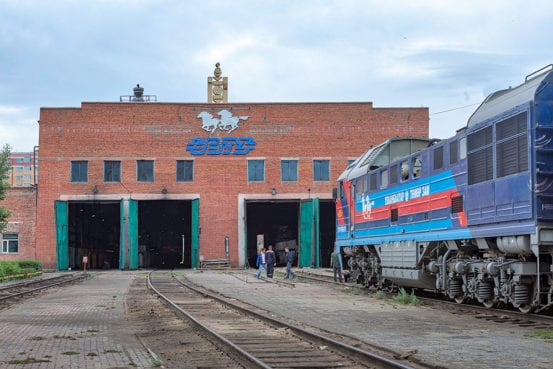
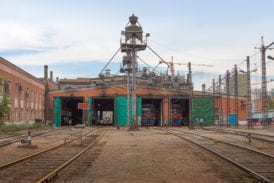
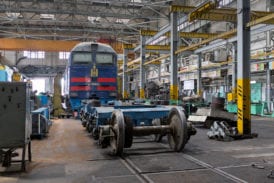
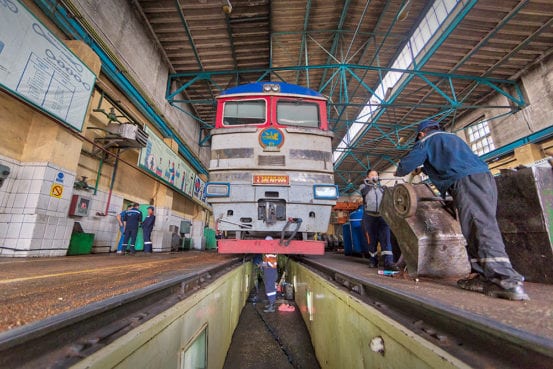
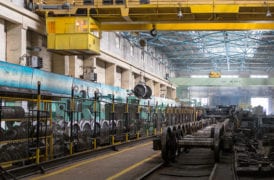
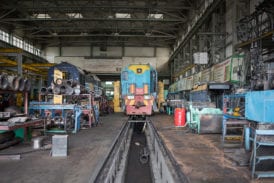
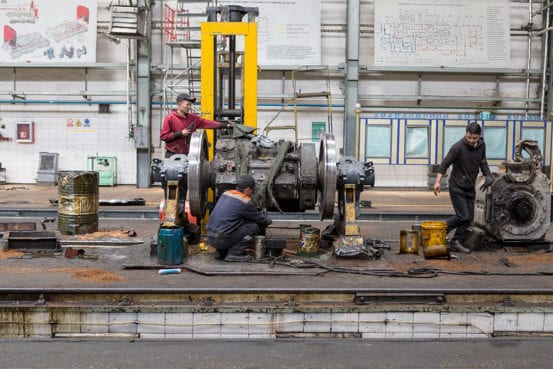
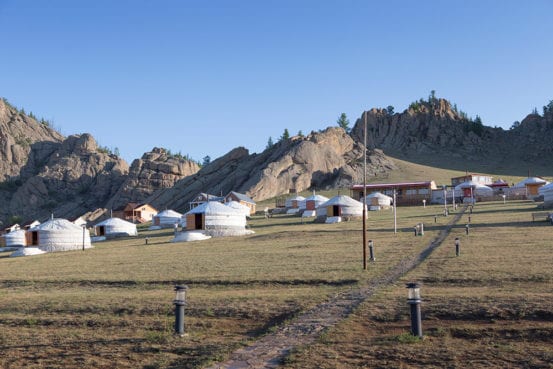
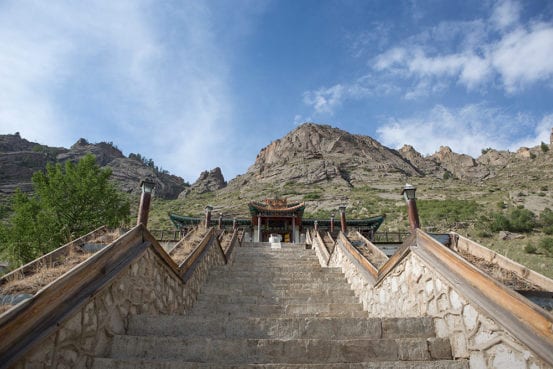
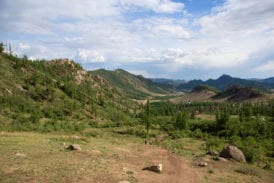
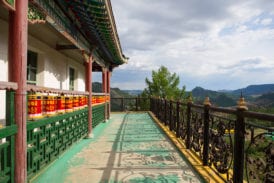
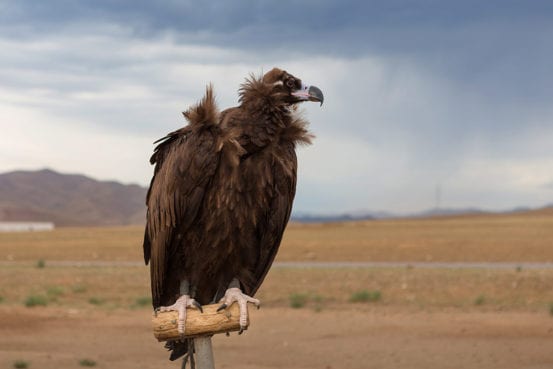
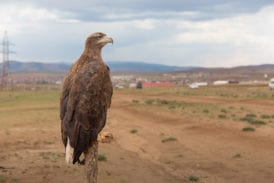
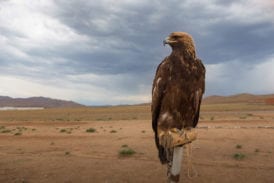
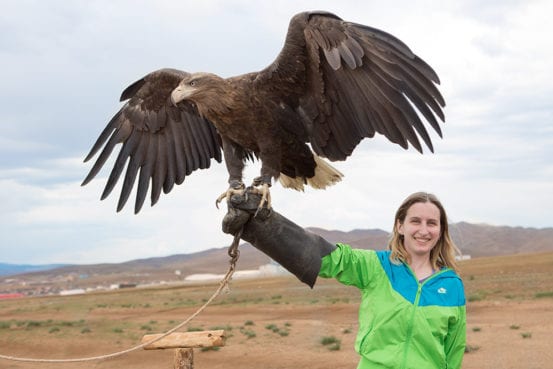
That looks fun!
I mean that bird looks heavy!